Breathing Exercises for Anxiety
Get tips and advice on how to use breathing exercises to help manage anxiety.
COPING WITH ANXIETY
Anxiety is an overwhelming experience that can manifest in different ways, including physical symptoms such as shortness of breath, sweating, and heart palpitations. Fortunately, you can learn breathing exercises and relaxation techniques are available to help manage anxiety symptoms such as shortness of breath, sweating, and tension. Mindfulness meditation, yoga, guided relaxation, and diaphragmatic breathing, which are also taught at our wellness retreats in Auckland, are a few tools to reduce stress and anxiety.
Breathing Tips for Anxiety
There are several breathing exercises specifically designed to reduce anxiety symptoms. For example, diaphragmatic breathing entails taking slow and deep breaths while focusing on your abdomen's rising and falling sensation. This technique can help regulate your breathing, often the first step to calming down during an anxiety attack. Similarly, guided relaxation techniques or progressive muscle relaxation can help reduce anxiety-related physical symptoms like chest tightness or muscle tension.
Panic Attack Breathing Exercises
Panic attacks are sudden episodes of intense fear or discomfort. During a panic attack, your heart rate and breathing may accelerate uncontrollably, causing shortness of breath and dizziness. To calm yourself down during this time, focus on taking slow deep breaths from your diaphragm and counting each inhalation and exhalation until the episode passes. Additionally, specific guided relaxation techniques may help control your breathing and reduce the intensity of your panic attack.
Meditation for Anxiety
Meditation is a great way to reduce stress and manage your anxiety. It can help you stay in the moment and clear your mind of worrisome thoughts. Various meditation practices, such as mindfulness meditation, encourage you to focus on what is happening within and around you. During this practice, you can focus on your breathing and notice how it feels as it moves through your body. Additionally, guided meditations provide step-by-step instructions for relaxation.
Relaxation Techniques for Anxiety
Relaxation techniques are a great way to reduce stress and healthily manage anxiety. These techniques include progressive muscle relaxation, deep breathing, or guided imagery. During these exercises, you focus on tensing and then relaxing each muscle group in your body or imagining yourself in a peaceful and calming place. All these techniques can help you relax physically and mentally, which can be helpful during times of high anxiety.
Yoga for Anxiety
Practising yoga is an excellent way to reduce stress and anxiety levels in the body. During a yoga session, you focus on connecting your breath with each body movement, allowing you to be more present and let go of any anxious thoughts or feelings. Additionally, certain poses, such as the child's pose or forward bends, can help to relax the mind and body while calming any racing thoughts. Yoga classes geared towards anxiety management can be especially beneficial as they provide additional breathing techniques and relaxation exercises to reduce stress levels.
Self Compassion
Self-compassion is another excellent tool for managing anxiety. This involves acknowledging your suffering, recognizing that everyone goes through difficult times and that it's okay to feel the way you do.
Self-compassion also consists in being kind to yourself, speaking words of encouragement instead of judgment and allowing yourself to relax in the moment. Practising self-compassion can help you to feel more connected with your body and reduce stress levels, making it easier to cope with anxiety.
"Breathing in, I calm body and mind. Breathing out, I smile. Dwelling in the present moment I know this is the only moment." Thich Nhat Hanh
